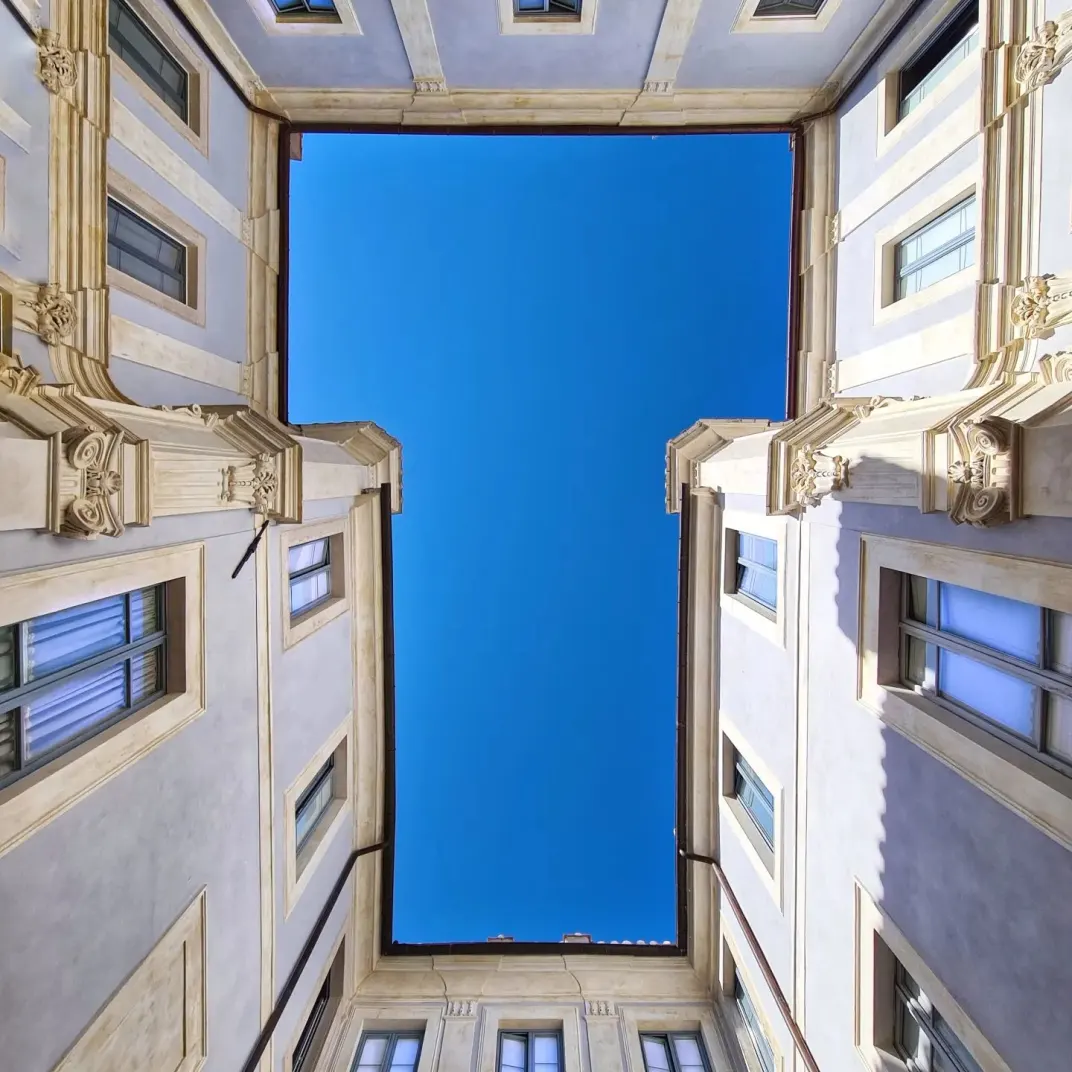
Capuchin Church & Crypt
Chiesa di Santa Maria della Concezione dei Cappuccini
The Chiesa di Santa Maria della Concezione dei Cappuccini, often referred to as the Capuchin Crypt, is an extraordinary and unique religious site located in Rome. This chapel is renowned for its distinctive and somewhat macabre artistic decor, which consists of human bones and skeletal remains.
The Capuchin Crypt was established in the 17th century and serves as the final resting place for the Capuchin friars. What sets it apart is the remarkable way in which the remains of the deceased friars have been employed to create intricate and evocative designs within the crypt. Visitors to this site will encounter a series of chapels, each adorned with skeletal remains arranged to form decorative patterns, including chandeliers, archways, and even a cryptic message that reads, "What you are now, we used to be; what we are now, you will be."
The crypt's artistic and spiritual significance lies in the reminder of mortality, the transience of life, and the religious devotion of the Capuchin friars. It encourages reflection on the impermanence of earthly existence and the hope of spiritual salvation.
The Capuchin Crypt is an intriguing place to explore the interplay between life and death, art and devotion, and the spiritual contemplation of mortality. While it may not be for the faint of heart, it provides a thought-provoking and unique experience for those who are intrigued by the unconventional intersections of art and religion.